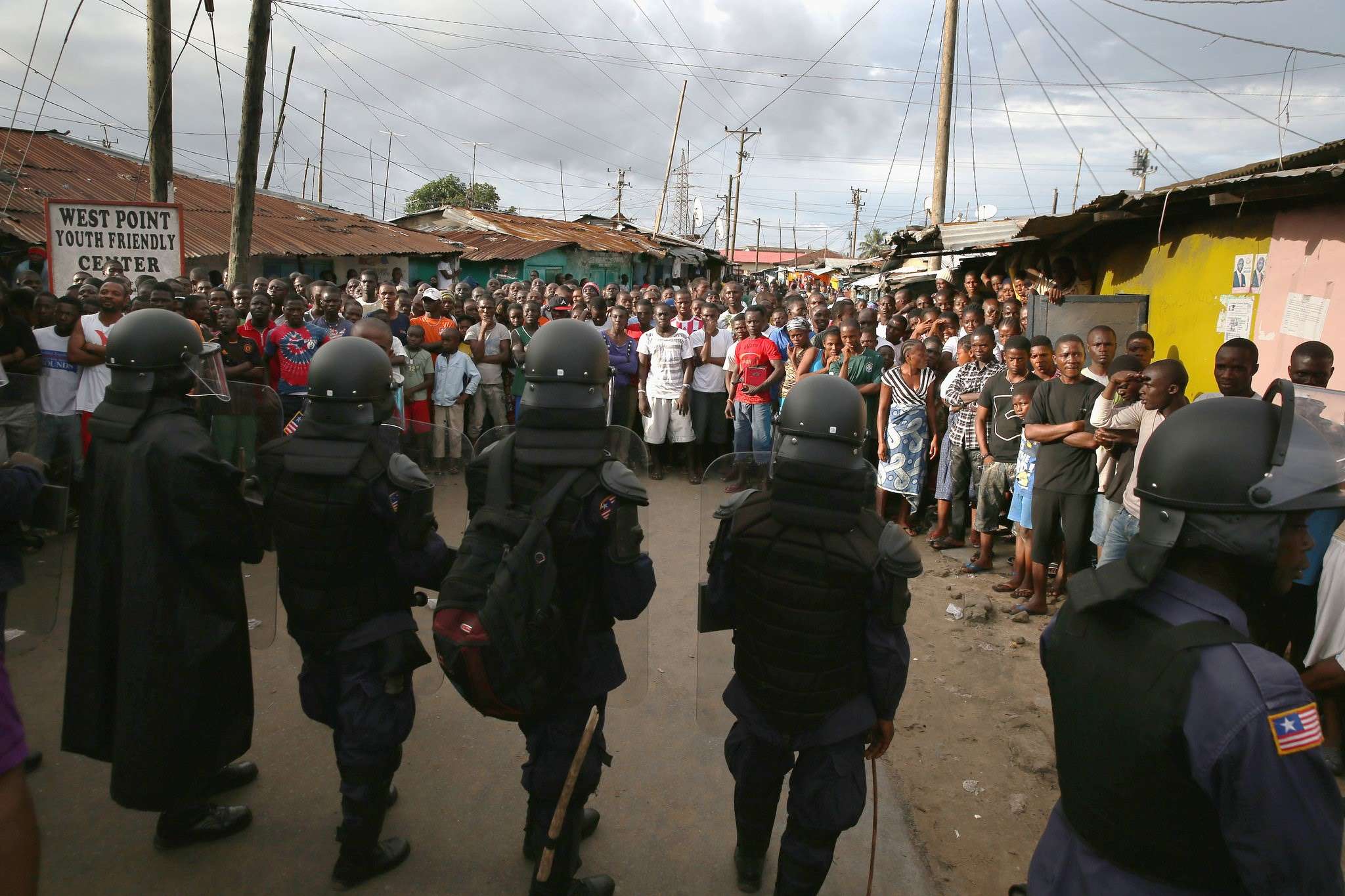
Monrovia, the bustling capital of Liberia, has seen its fair share of historical events. Among these, the Monrovia Clashes stand out as a significant chapter in the city's history. But what exactly were these clashes, and why do they matter? In short, the Monrovia Clashes were a series of violent confrontations that took place during the Liberian Civil War, deeply affecting the city's residents and infrastructure. These events not only shaped the political landscape of Liberia but also left lasting scars on its people. Understanding these clashes provides insight into the resilience and struggles of Monrovia's citizens. Let's delve into 25 intriguing facts about these pivotal moments in Monrovia's past.
Key Takeaways:
- Monrovia, the capital of Liberia, has a rich but turbulent history marked by conflicts, with causes ranging from ethnic tensions to political instability and economic disparities.
- The clashes in Monrovia have had devastating humanitarian consequences, leading to loss of life, displacement, and damage to infrastructure, but international efforts and peace agreements have paved the way for recovery and rebuilding.
Historical Background
Monrovia, the capital of Liberia, has experienced significant turmoil over the years. Understanding the historical context helps in grasping the gravity of the clashes.
- Monrovia was founded in 1822 by the American Colonization Society as a settlement for freed African Americans.
- Named after U.S. President James Monroe, Monrovia is one of the few capitals in the world named after a U.S. president.
- Liberia declared its independence in 1847, making it Africa's first and oldest modern republic.
- The city has been a focal point for various conflicts, especially during the Liberian Civil Wars from 1989 to 2003.
Causes of the Clashes
The clashes in Monrovia have deep-rooted causes, often linked to political, social, and economic factors.
- Ethnic tensions between different groups have been a significant cause of conflict.
- Political instability and power struggles among leaders have fueled violence.
- Economic disparities and poverty have exacerbated tensions, leading to clashes.
- The presence of various armed factions during the civil wars contributed to the chaos.
Key Events
Several key events have marked the history of clashes in Monrovia, each leaving a lasting impact on the city and its people.
- The First Liberian Civil War began in 1989, leading to widespread violence in Monrovia.
- In 1990, the city witnessed the infamous "Operation Octopus," a major offensive by rebel forces.
- The 1996 Monrovia clashes saw intense fighting between rival factions, causing significant destruction.
- The Second Liberian Civil War, starting in 1999, brought more violence to the capital.
- In 2003, the siege of Monrovia by rebel groups led to a humanitarian crisis, with thousands of civilians trapped.
Humanitarian Impact
The clashes in Monrovia have had severe humanitarian consequences, affecting countless lives.
- Thousands of civilians were killed during the various clashes.
- Many residents were displaced, seeking refuge in makeshift camps or fleeing the country.
- The city's infrastructure suffered extensive damage, including schools, hospitals, and homes.
- Access to basic necessities like food, water, and medical care became scarce during the conflicts.
- The psychological impact on survivors, including trauma and PTSD, remains a significant issue.
International Involvement
International organizations and countries have played roles in addressing the conflicts in Monrovia.
- The United Nations deployed peacekeeping missions to Liberia, including Monrovia, to help stabilize the region.
- Various non-governmental organizations (NGOs) provided humanitarian aid to affected populations.
- The Economic Community of West African States (ECOWAS) intervened with peacekeeping forces during the civil wars.
- The United States and other countries offered diplomatic and financial support to peace efforts.
Post-Conflict Recovery
Efforts to rebuild and recover from the clashes have been ongoing, with varying degrees of success.
- The Accra Comprehensive Peace Agreement in 2003 marked the end of the Second Liberian Civil War, paving the way for reconstruction.
- Monrovia has seen significant rebuilding efforts, including infrastructure development and economic revitalization.
- Despite progress, challenges remain, such as addressing corruption, ensuring political stability, and fostering social cohesion.
Final Thoughts on Monrovia Clashes
Monrovia's clashes reveal a complex tapestry of history, politics, and human resilience. Understanding these events helps us grasp the city's struggles and triumphs. The clashes weren't just about conflict; they were about survival, identity, and change. Each fact shared paints a vivid picture of a city striving for peace amidst chaos.
Learning about Monrovia's past can inspire us to appreciate the importance of stability and unity. It reminds us that even in the darkest times, hope and determination can lead to progress. By reflecting on these facts, we gain a deeper appreciation for the strength of Monrovia's people and the lessons their experiences offer.
Stay curious and keep exploring history's many layers. Monrovia's story is just one of many that show how humanity can endure and thrive despite adversity.
Frequently Asked Questions
Was this page helpful?
Our commitment to delivering trustworthy and engaging content is at the heart of what we do. Each fact on our site is contributed by real users like you, bringing a wealth of diverse insights and information. To ensure the highest standards of accuracy and reliability, our dedicated editors meticulously review each submission. This process guarantees that the facts we share are not only fascinating but also credible. Trust in our commitment to quality and authenticity as you explore and learn with us.
